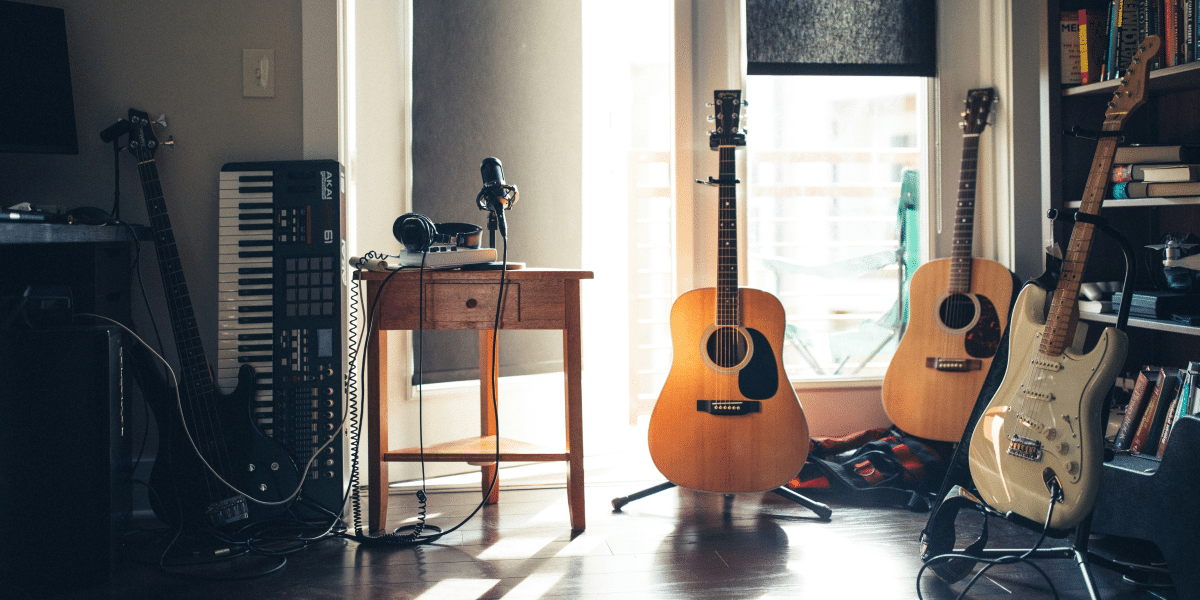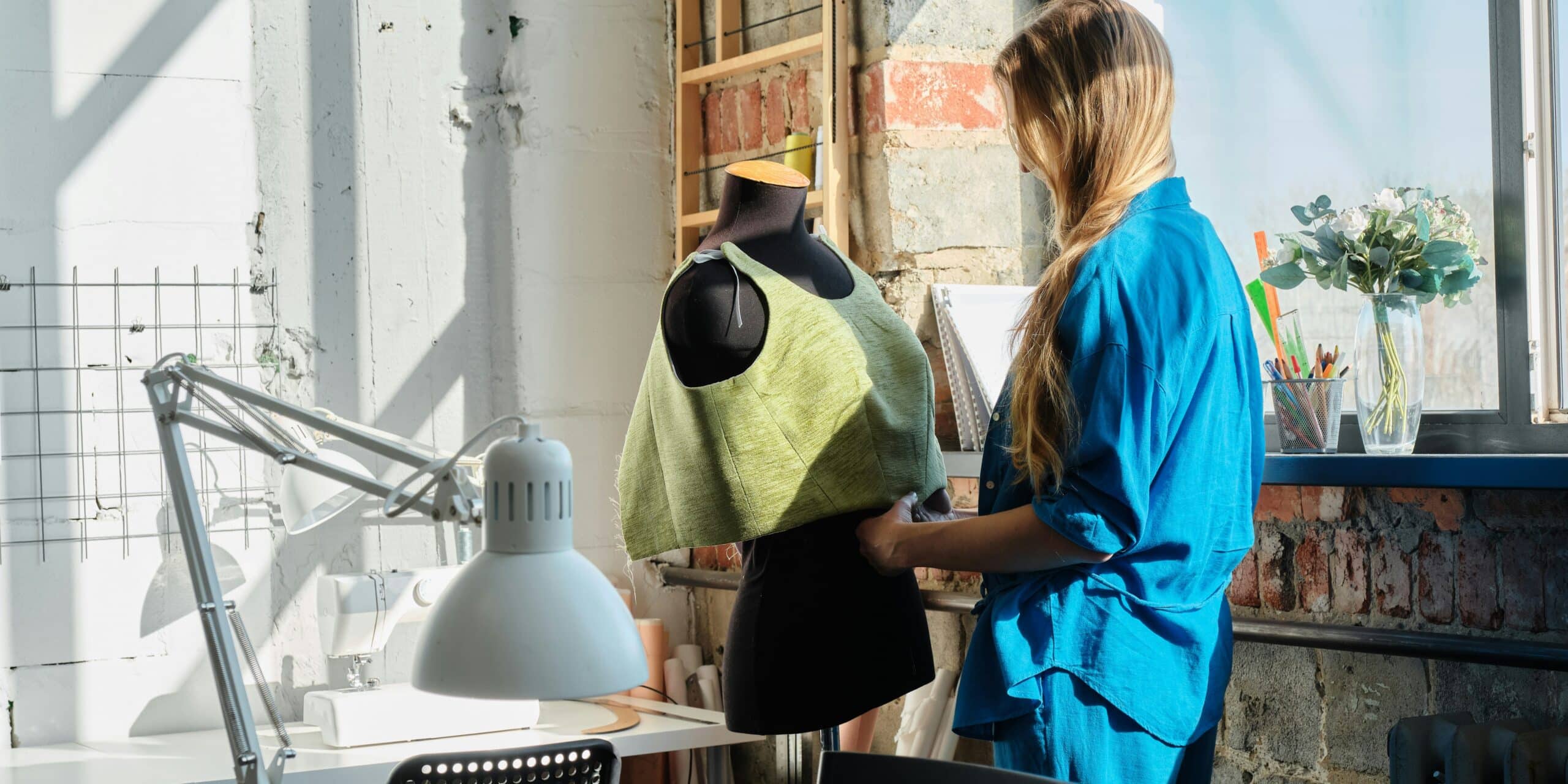Think about it: you could say all the right lines in a scene and even manage to stand in the right place, but if you don’t understand what makes your character tick, you’re just a robot reciting a script. That’s where these acting techniques come in. They help you step into a character’s skin – to think their thoughts, feel their emotions, and even move like they would. Forget about yourself for a while and transform into someone completely different.
It’s like that old saying, “There are no small parts, only small actors.” Every role has the potential for depth and complexity. Acting techniques give you the tools to uncover that complexity. Imagine being able to take a character that seems bland on the page and turn them into someone the audience can’t take their eyes off of. You could find the humor in a serious character, the vulnerability in a tough one, and the spark of defiance in someone who seems passive.
Learning these techniques is like turning on a superpower. They make you a more versatile actor – the kind who can handle anything a script throws at you. And honestly, it’s incredibly fun! Slipping into a character, exploring their world, and bringing them to life onstage or on screen… there’s nothing quite like it.
Stanislavski’s System
Stanislavski changed the game. Before him, a lot of acting was exaggerated – big gestures, booming voices, the whole nine yards. But he wanted something real, something that felt like you were watching actual people, not actors pretending. His system was all about the search for truth on stage.
Think of it like this: his techniques help you build your character from the ground up. “Given Circumstances” is like detective work – who is this person, where are they from, what are their relationships, what’s happened in their life? The “Magic If” gets you inside your character’s head. You imagine yourself in their exact situation and let those feelings fuel your performance. And “Emotional Memory”? That’s where you tap into your own experiences to really connect with those big, juicy emotions your character might feel.
Someone in the theater world once said, “The goal of acting is to make the audience forget they’re watching a performance.” That’s the power of Stanislavski’s system – it makes the acting feel so honest and genuine that the audience gets completely swept away in the story.
The Meisner Technique
Meisner was all about stripping away the clutter and getting to the heart of the scene. He didn’t want you in your head, analyzing things to death. Instead, his technique is about being present, connected to your scene partner, and letting things unfold naturally.
The repetition exercises are a big part of this. It seems weird at first – saying the same lines again and again. But it isn’t about memorization. You’re focusing on the other actor, watching for the slightest changes in their voice, their expression. You become so attuned to them that your reactions flow organically, not in a forced or pre-planned way.
This “reacting in the moment” thing is huge in the Meisner technique. It’s easy to fall into the trap of trying to guess what you should say or do next. Meisner wanted actors to ditch that habit completely. He wanted you to trust your instincts, follow your impulses, and let the scene build itself around the honest connection between the actors. As someone once said about the Meisner technique, “It’s less about what you say, and more about how you listen.”
While Stanislavski and Meisner are considered foundational, there’s a whole world of acting techniques waiting to be explored:
- Method Acting: Pulling from your own life to deeply embody a character (Lee Strasberg is a big name here).
- Stella Adler: Focused on using imagination to create rich and believable characters.
- Michael Chekhov: A technique with a strong emphasis on physicality and movement.
- Practical Aesthetics: A structured, analytical approach to acting developed by David Mamet and William H. Macy.
Which Technique Should I Choose?
The beauty of acting techniques is that they’re all like different tools in your toolbox. Stanislavski’s system might be your hammer, perfect for building a character’s foundation. Meisner’s technique could be your screwdriver, ideal for those moments of raw emotion and connection. But what about when you need a paintbrush to add delicate details, or a saw to tackle a more complex scene? That’s where exploring other techniques comes in.
There’s Method Acting, where you dig deep into your own life experiences to bring truth to your character. Stella Adler’s technique focuses on using your imagination to create rich and believable inner lives for your characters. Michael Chekhov’s approach emphasizes physicality and movement to express emotions and tell the story with your whole body. There’s even Practical Aesthetics, a structured technique all about analyzing the script and finding the specific actions that drive the scene forward.
The more techniques you have in your arsenal, the more adaptable you become as an actor. You can choose the approach that best suits the script, the character, and even the director’s vision. Remember, it’s not about picking just one favorite – it’s about becoming a well-rounded actor who can handle any challenge that comes your way. As that theater publication said, it’s about having the right tools for the job. And with a variety of techniques at your disposal, you’ll be ready to tackle any role that comes your way!
No matter which techniques you choose, remember that mastery takes time and dedication. Here are some tips:
- Train Regularly: Taking acting classes consistently is key.
- Observe the World: Watch how people interact, move, and express emotions.
- Analyze Scripts Deeply: Break down your character – their wants, obstacles, and everything in between.
- Practice, Practice, Practice: Rehearse on your own, with a scene partner, or with an acting coach for the best results.









